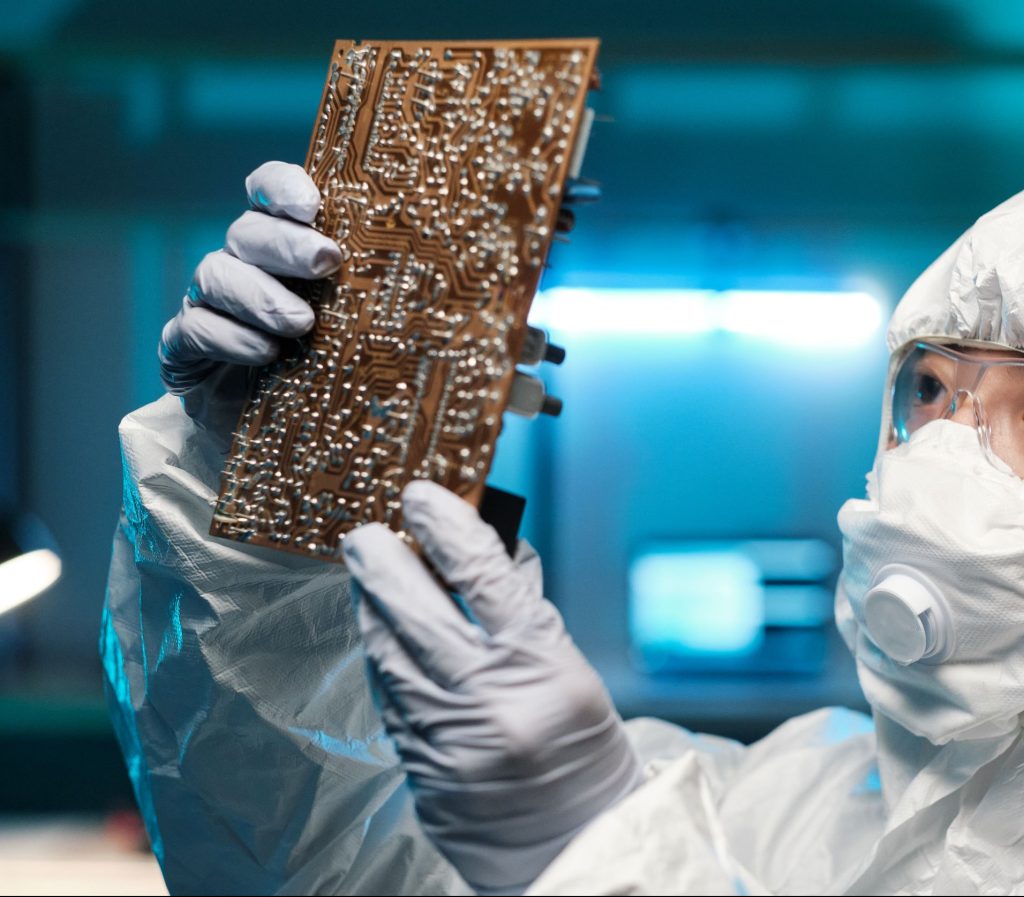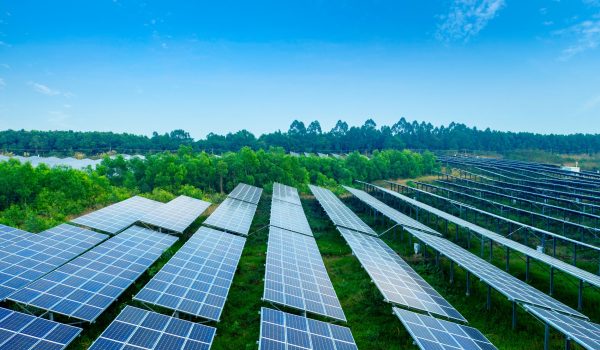Towards a safe circular economy
Successes, opportunities and challenges
For a healthy, sustainable, and safe living environment, resources are crucial. In a circular economy, today’s products become the resources for the future. Reusing products and recycling materials saves (new) resources and reduces CO2 impact. The flip side is that concerning substances persist in the loop, and new ways of exposure may arise. Examples of such concerning substances include flame retardants, dyes, or plasticizers.
A circular solution is not automatically safe for humans and the environment. Therefore, it is essential to have visibility into the substances present in a (circular) economy. While we aim to recycle materials as much as possible, we do not want concerning substances to remain in circulation.
The best way to gain control over this is by manufacturing products without concerning substances, making them safe resources in the future. Additionally, we must handle the risks of already present substances safely. This report outlines concrete steps that can be taken to achieve these goals.
Other relevant publications
The role of extended producer pesponsibility (EPR) in the energy transition
Analysis of the implementation of EPR for batteries in electric vehicles, solar panels, and wind turbines
Report collection for reuse at recycling centers
This report analyzes pilot projects in the municipalities of Amersfoort and Zwolle aimed at promoting the reuse of electrical appliances through recycling centers.
Program of requirements for circular climate installations
The program of requirements for circular climate installations has been developed for housing associations and their partners to reduce the environmental impact of building-related installations.







